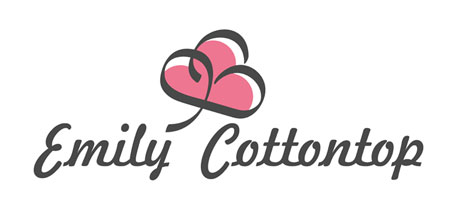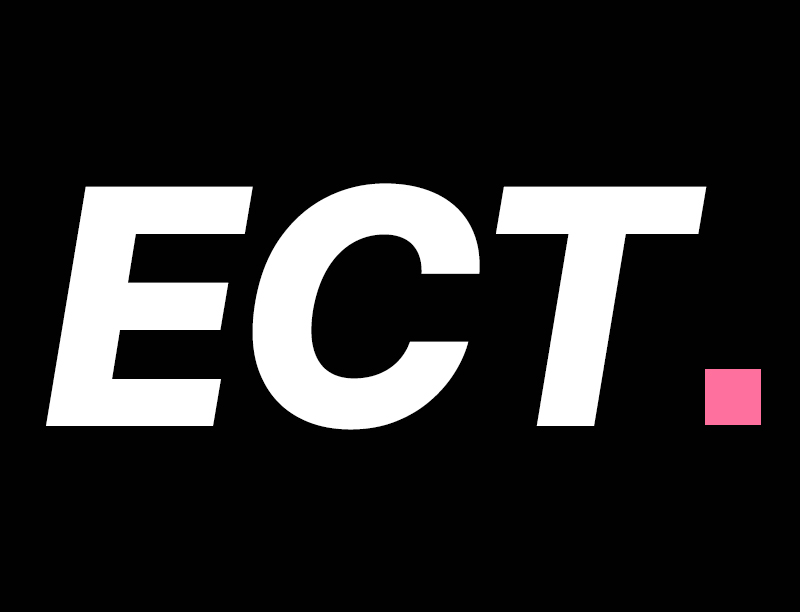When it comes to feeling and looking your best, acne scars can put a huge damper on your confidence.
And while some of them are relatively mild in nature, others are severe and make take months or even years to heal.
At times it feels like nothing will clear up the scars and hyperpigmentation we get as a result of back-to-back breakouts.
But the truth is, there are plenty of solutions to choose from. In all price ranges and all points of accessibility, there’s something just for you.
Here’s a quick guide on the different types of acne scars, how you can treat them, and what your next steps are in nourishing and healing your skin once and for all.
What kind of scars do you have?
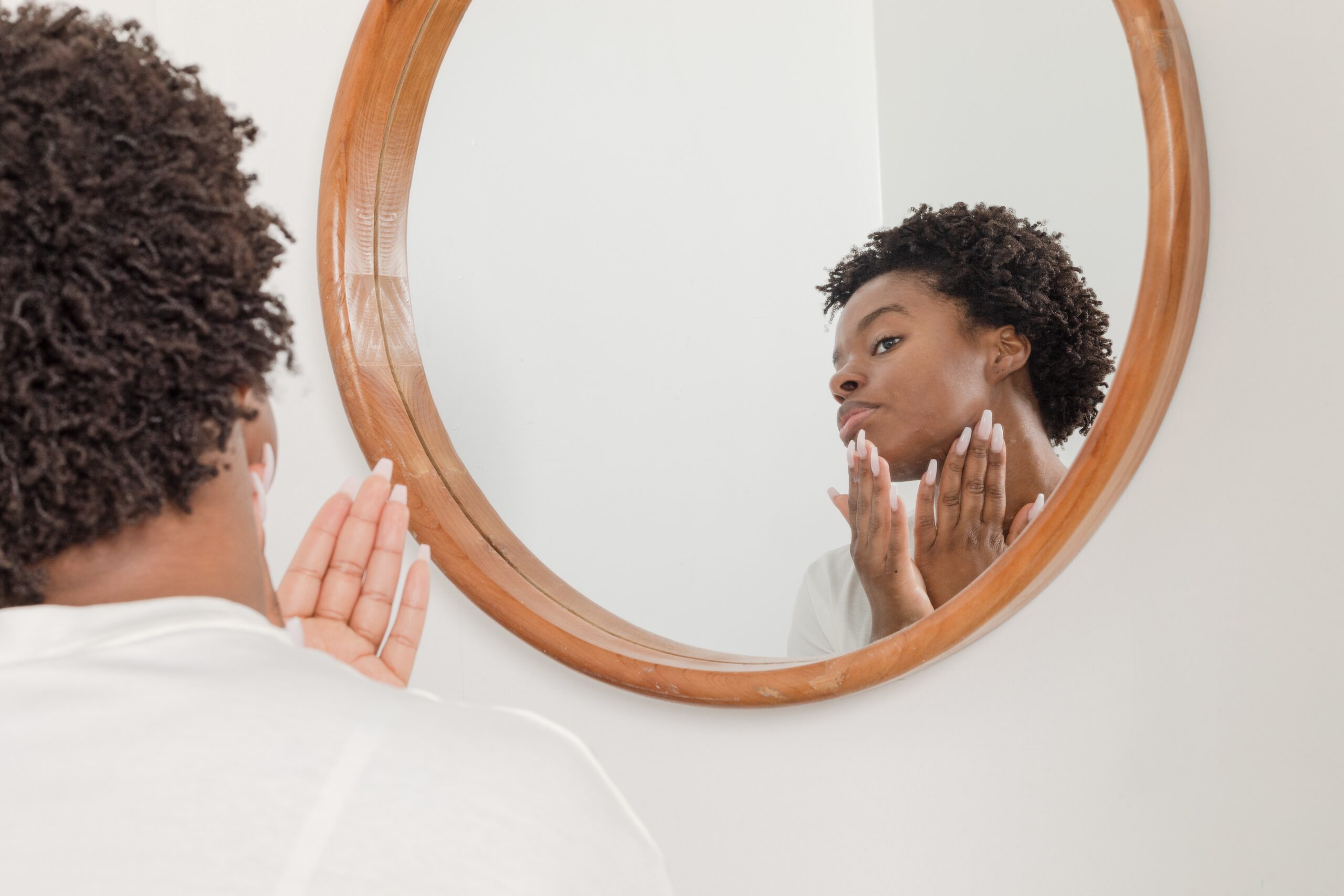
Depending on how severe your acne is, there are 4 types of scars you could possibly develop: atrophic, hypertrophic, keloids, and hyperpigmentation.
Each of these scar types looks and feels completely different from one another, so we’ll need to break it down.
Let’s start with atrophic scarring. Atrophic scars are flat indentations that heal below the surface and are most commonly caused by cystic acne. These are the types:
- Boxcar: Broad, box-shaped scars that typically develop after rash-like breakouts along the jaw or other places where the skin is thick.
- Ice Pick: Small, narrow depressions that dig into the skin’s surface. These are usually the hardest scars to treat, and require the most aggressive treatment.
- Rolling: These scars can vary in shape and size, but they all tend to make the surface of your skin look incredibly uneven and consistently curvy with shallow edges.
Hypertrophic and keloid scarring doesn’t have to be broken down into categories because what they are is very straight to the point: large lumps of scar tissue that develop where the acne once was.
The only difference between hypertrophic scars and keloids is that keloids grow bigger than what the acne once was.
Post-inflammatory hyperpigmentation results in discolored patches of skin.
It’s the scar type we’re most familiar with and also the one most likely to be treated at home because, with proper sun protection and skin care, your skin will likely return to normal.
The different types of treatment for acne scars.
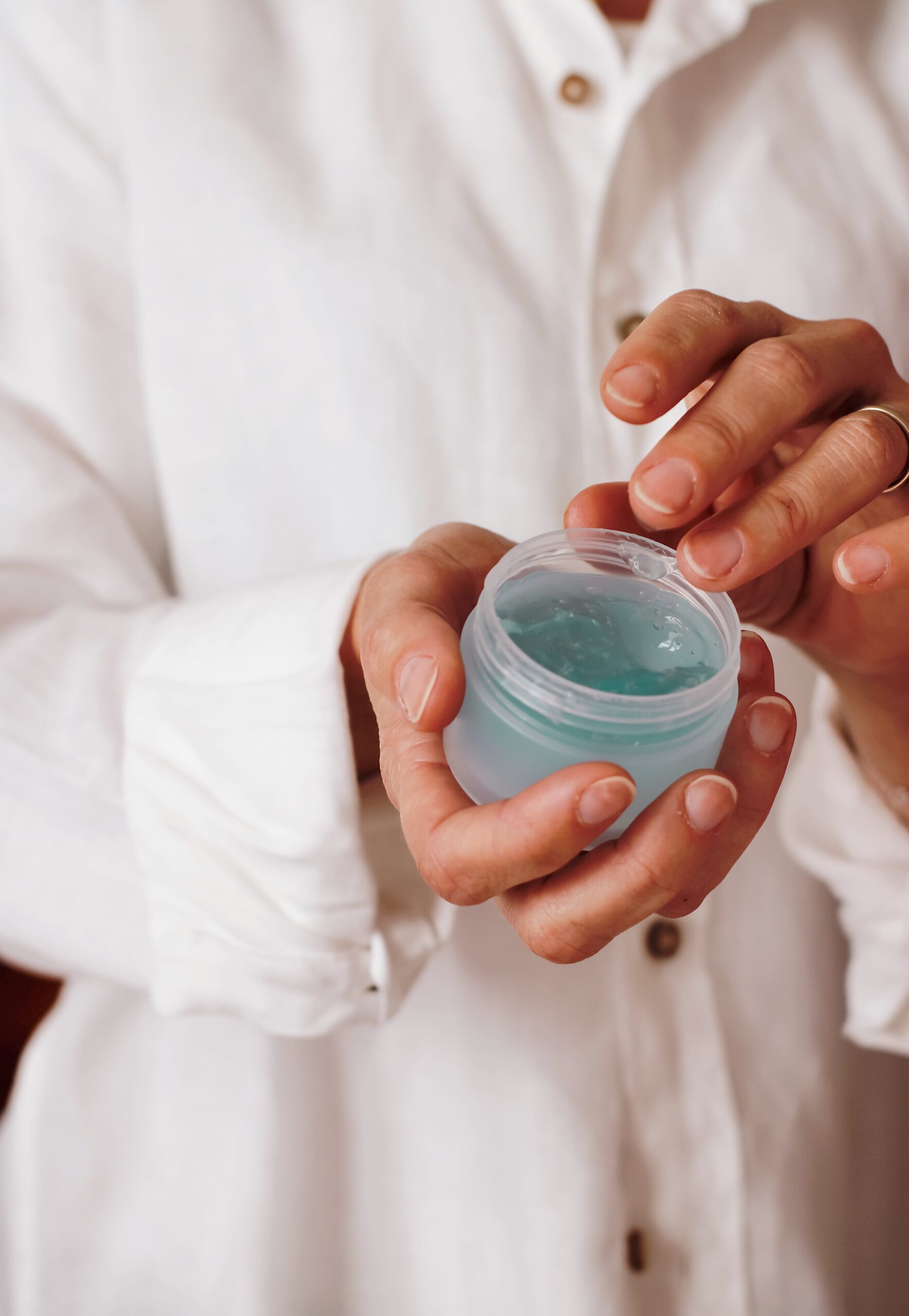
Atrophic acne scars require their own kind of treatment—most of which can only be done by a dermatologist or an esthetician that is both licensed and experienced.
- Chemical peels: Acids, such as glycolic or salicylic, are used to remove the outermost layer of your skin. It usually requires days to weeks of healing, as well as multiple rounds of treatment with your dermatologist.
- Laser therapy: High-energy lasers are used to remove the surface layer of your skin while also encouraging collagen production in your inner layer. Some forms of laser therapy use heat instead of light.
- Dermabrasion: A rotating, skin-resurfacing tool is used to buff out the lumps in your skin by sanding down the surface and making your scars appear more shallow than what they looked like before treatment.
- Microneedling: Small, sterilized needles are used to puncture your face in an attempt to further stimulate collagen production in order to reduce scar depth.
- Dermal fillers: Like all cosmetic fillers, this acne treatment injects a healing substance (like hyaluronic acid) directly into your skin to improve appearance.
- Punch grafting: Like skin grafting, this process calls for you to remove your acne scars and then disguise the newly raw areas by covering them with skin from another, likely non-visible or immediately noticeable part of your body.
- Retinoids: As the singular at-home solution for atrophic scarring, retinoids help produce collagen and even out skin via various over-the-counter creams and serums.
Similarly, hypertrophic and keloid scarring requires a separate kind of treatment. While most people choose to have them surgically removed, others use a combination of dermatological treatment and home remedies for the best results.
- Steroid injections: Steroid is directly injected directly into the scar tissue in order to decrease the size of the scar. Like chemical peels, this is a multiple-round process that will require additional visits to your doctor until the tissue is completely healed.
- Silicone sheeting: Silicone sheets are a cost-effective way to reduce the look of hypertrophic scars and keloids at home. Just place a sheet over the raised scars and you’ll notice the height of the scar tissue begin to decrease over time.
- Laser therapy: As stated before, high-energy light safely blasts your skin in an attempt to stimulate collagen production. The process for hypertrophic scars is nearly identical to the one for atrophic scarring.
If your acne has resulted in post-inflammatory hyperpigmentation, you’re on the lucky side because most treatments can be done at home and are relatively cost-effective. Some options are:
- Wearing SPF 35 and higher, every day.
- Enzyme peels! The gentler, quicker little sister of chemical peels.
- Products formulated with hydroquinone.
- Prescription topical retinoids and retinoids (aka doctor-prescribed creams and serums)
- Patience. Light scarring will fade on its own, eventually.
What’s next for you and your skin?
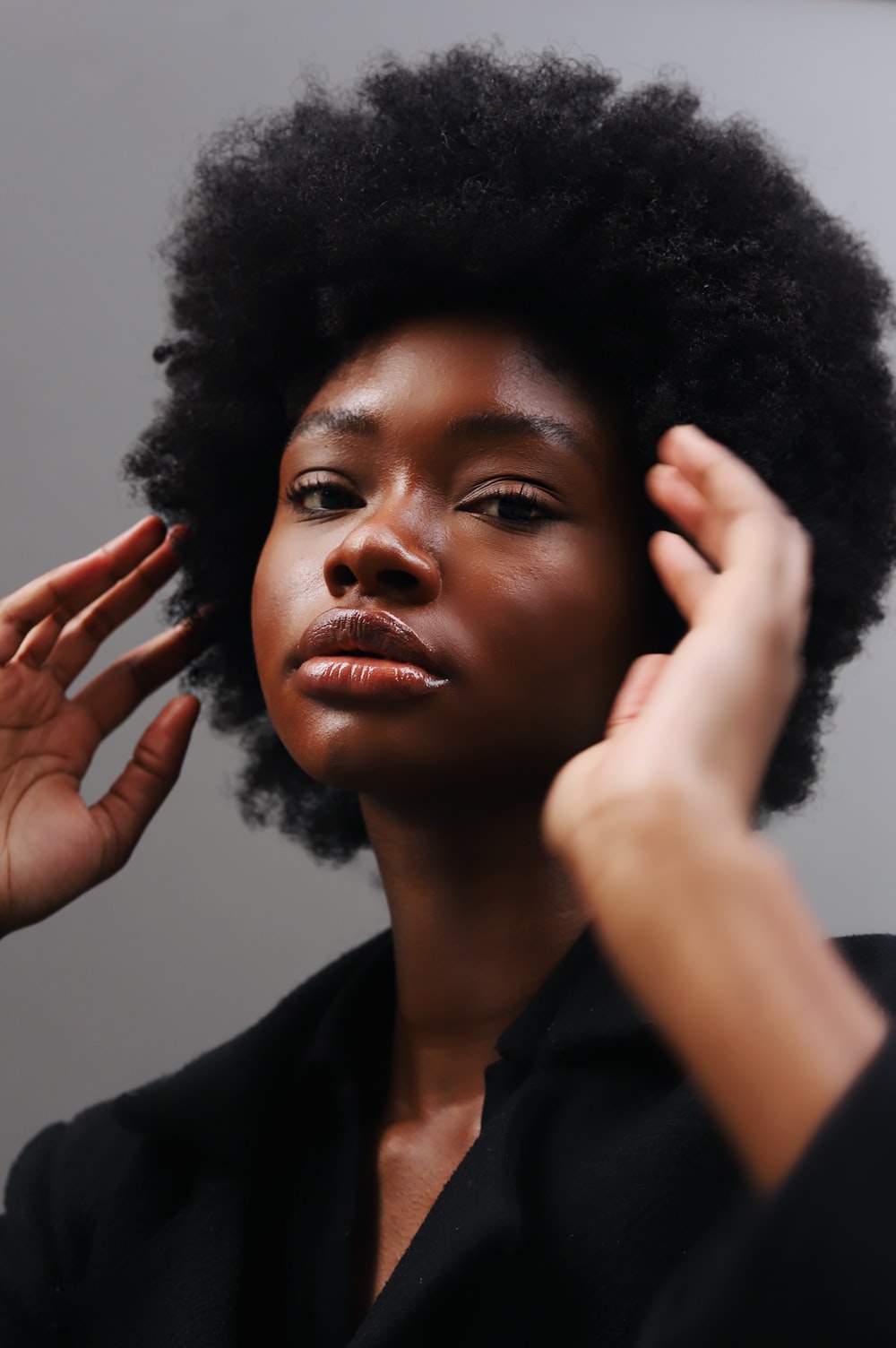
What’s next for you and your skin solely depends on you and your skin. However, there are a few things you can do to ensure you’re on the right track:
- Schedule a consultation with a trusted, licensed dermatologist or esthetician to learn more about your acne and what you can do for your scarring.
- Reassess your current skincare routine. Knowing what you know now, does your current routine actually support your skincare goals?
- Reaffirm yourself. Say some affirmations or do some self-love exercises! Do some work to understand that acne scars are just scars, and don’t dictate how beautiful or worthy you are. You’re beautiful with them like you are without them.
Once you’ve covered all bases, you can now start your journey to clear, smooth skin! Stay patient, sis, and good luck!
